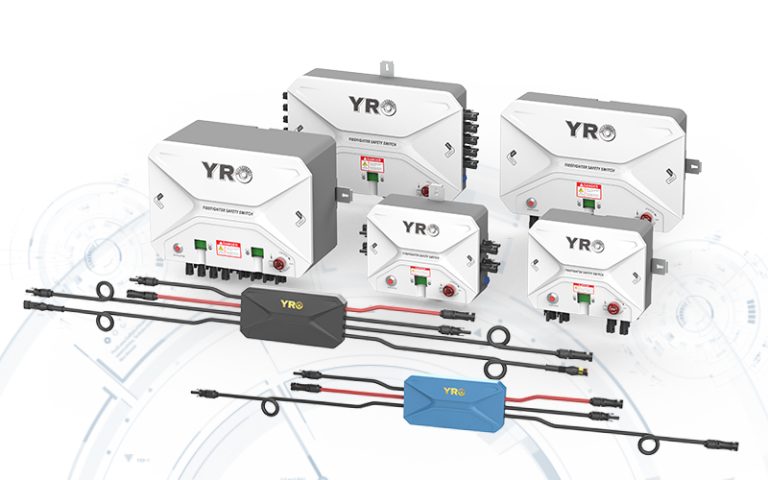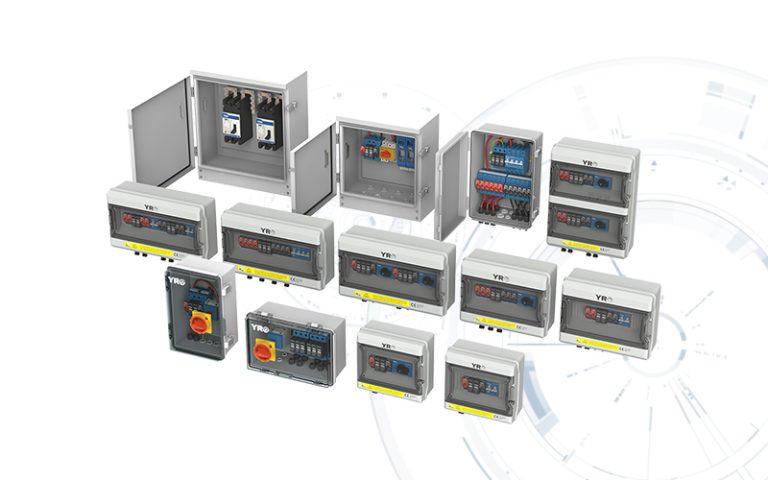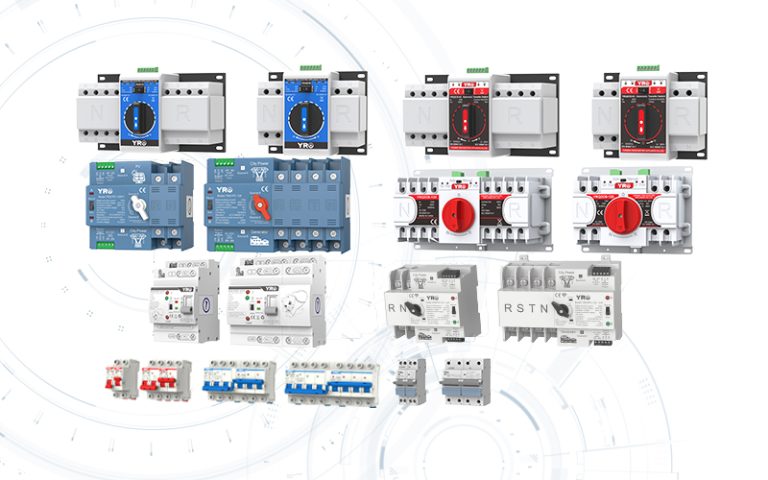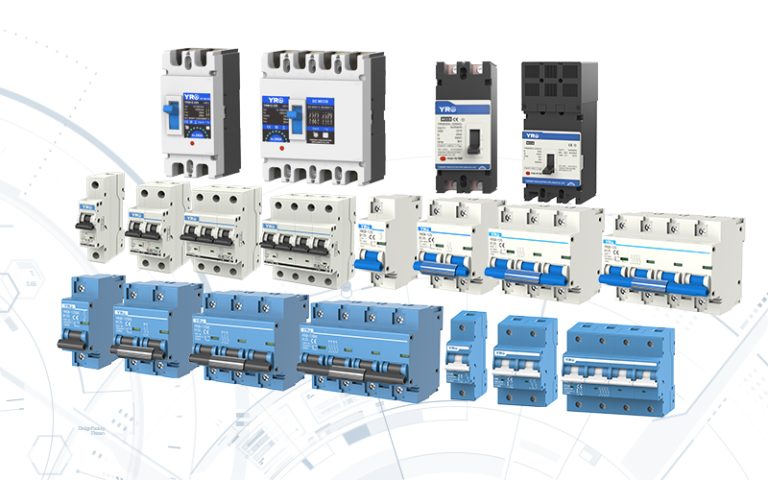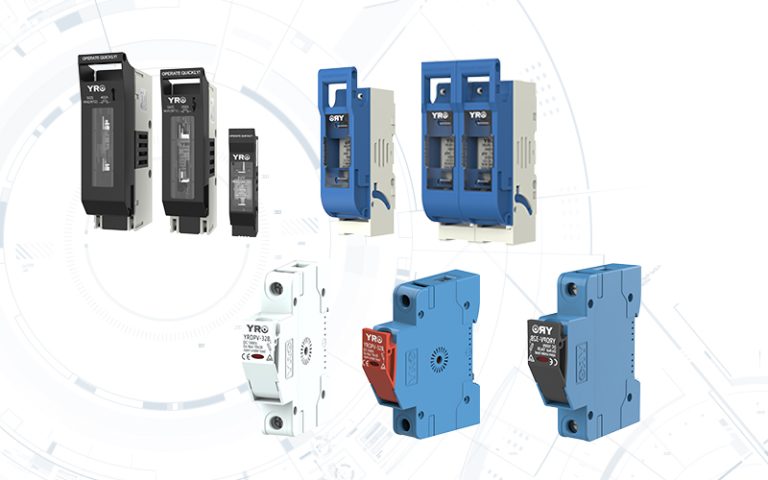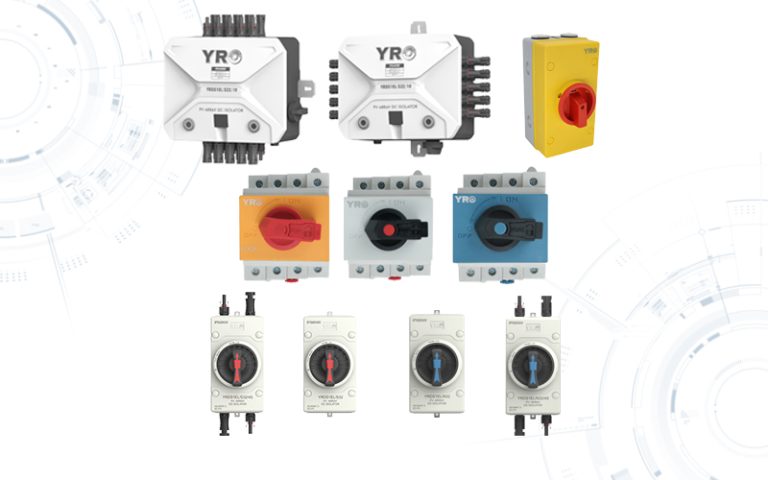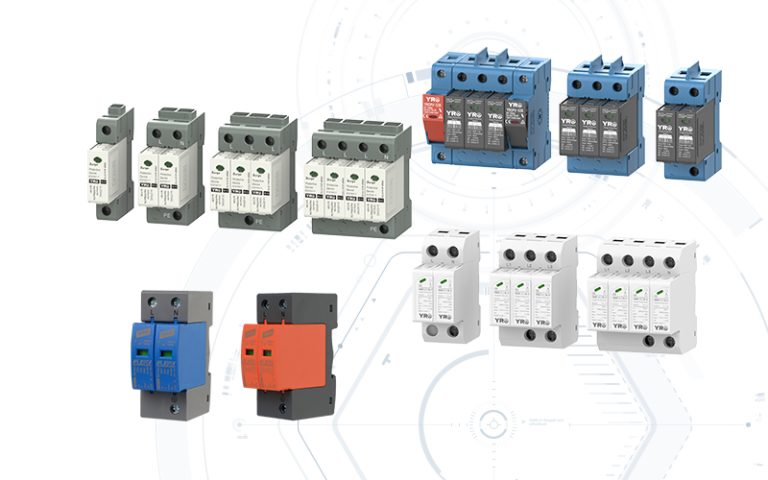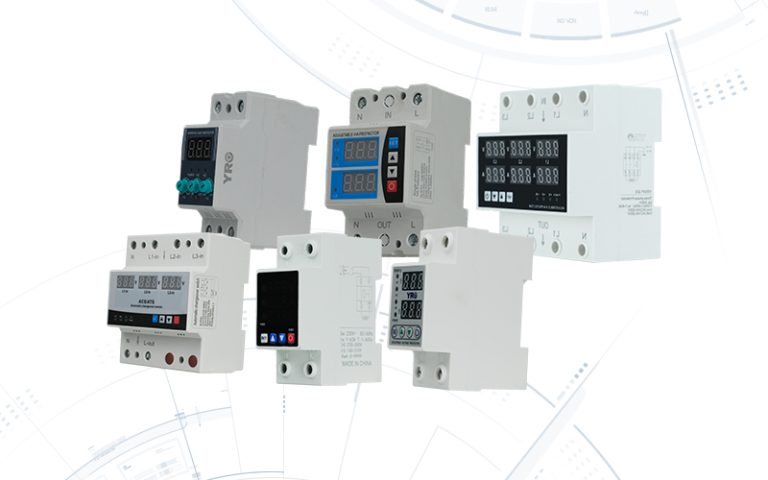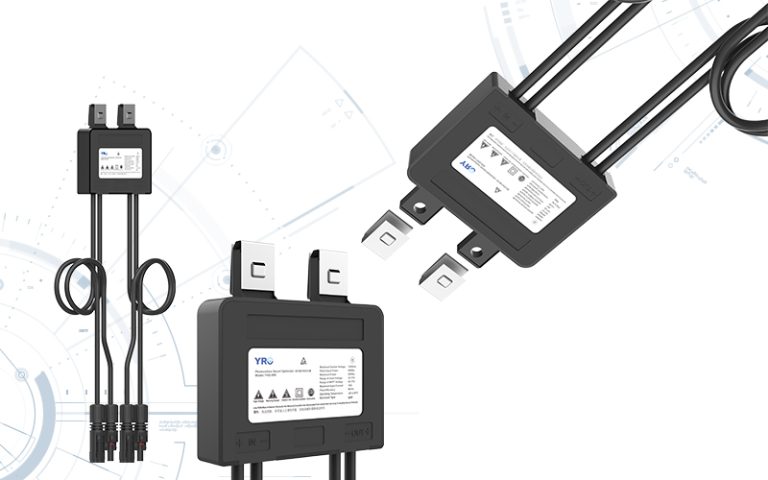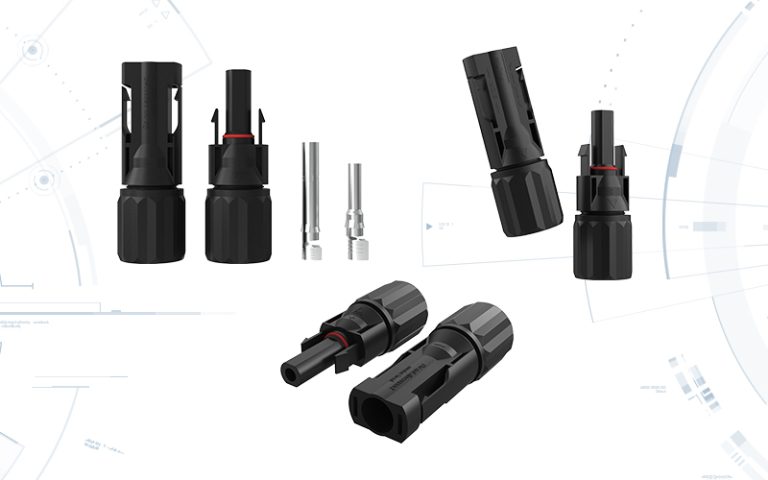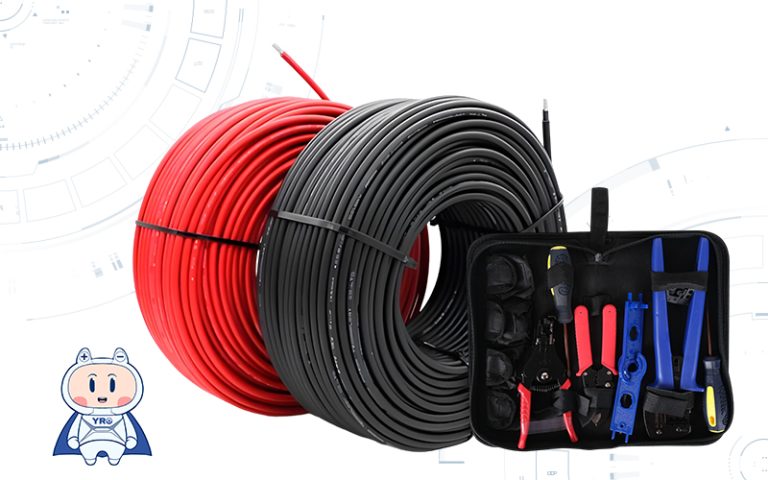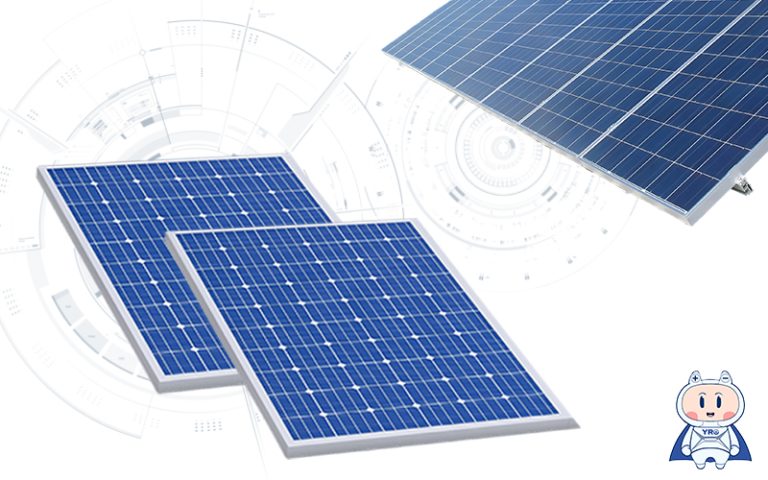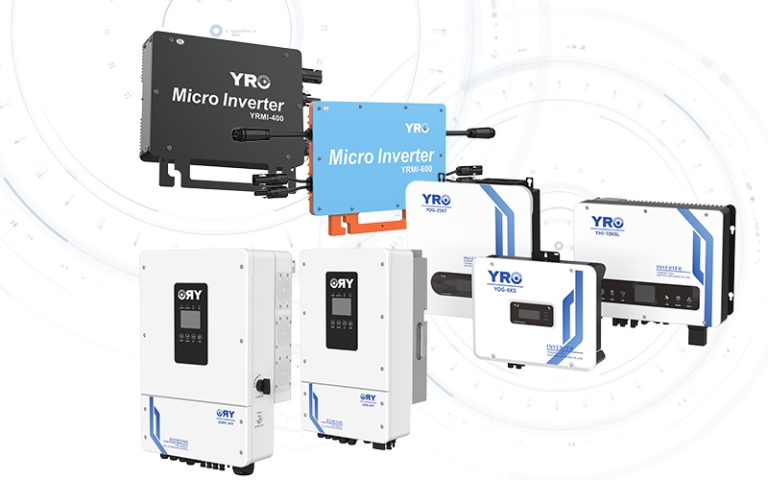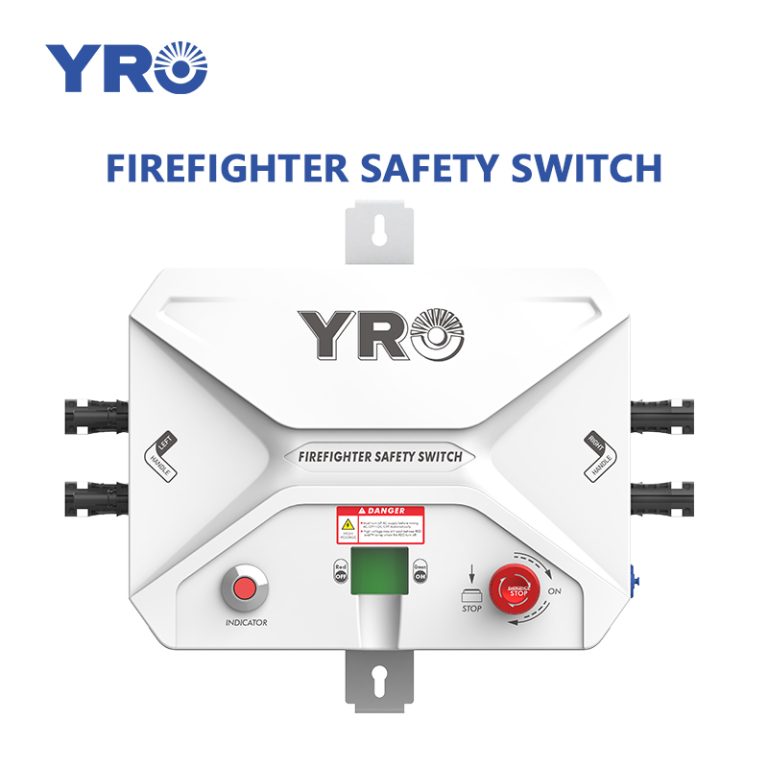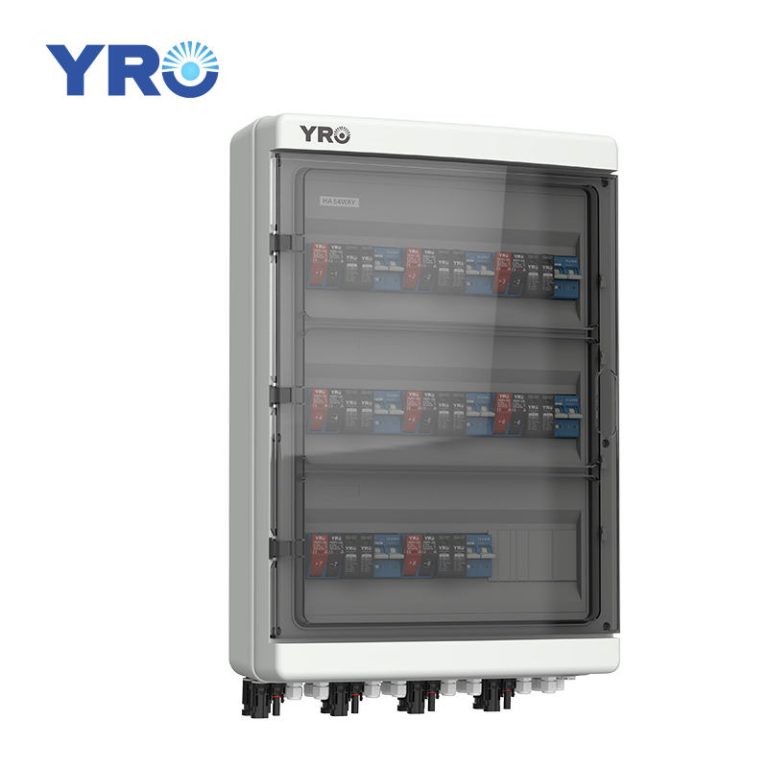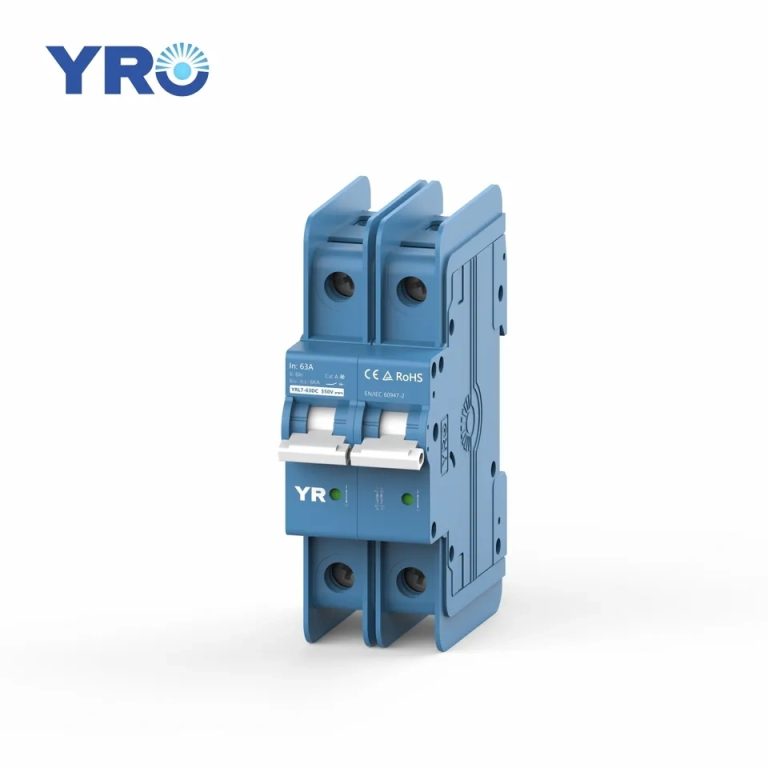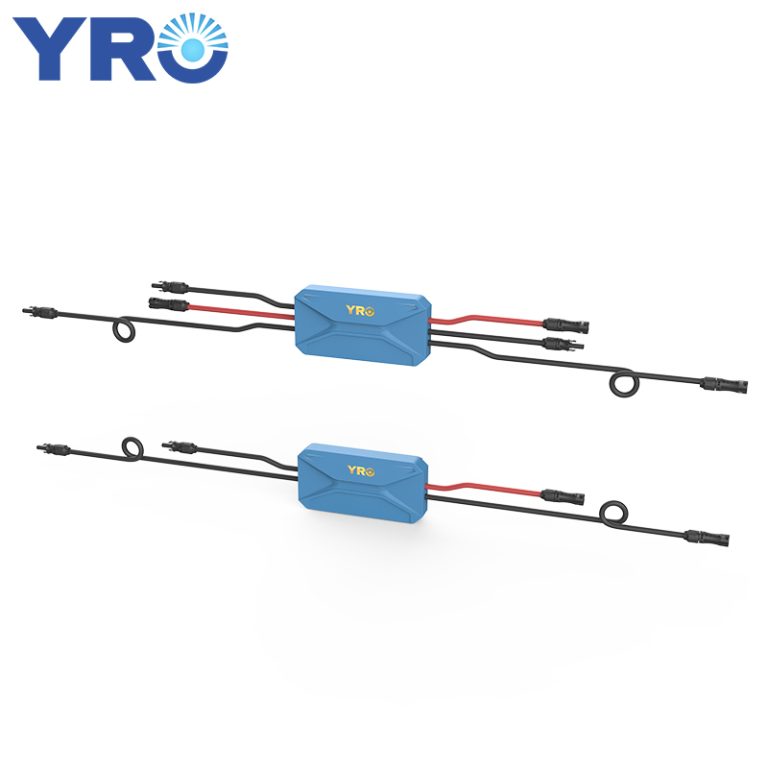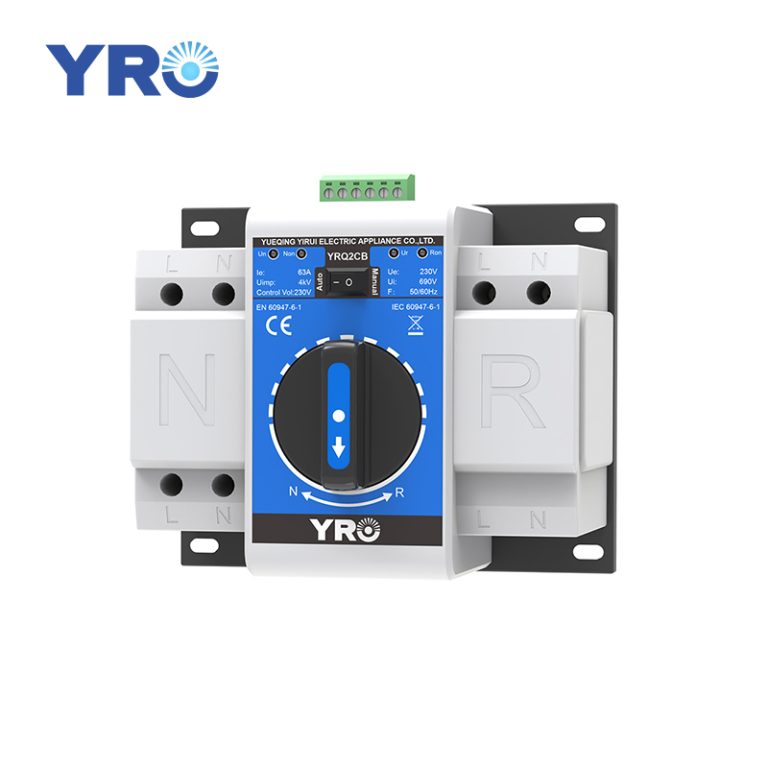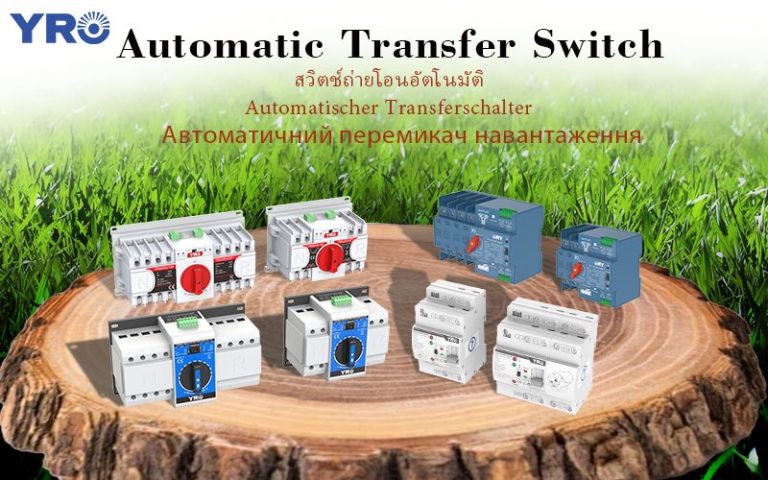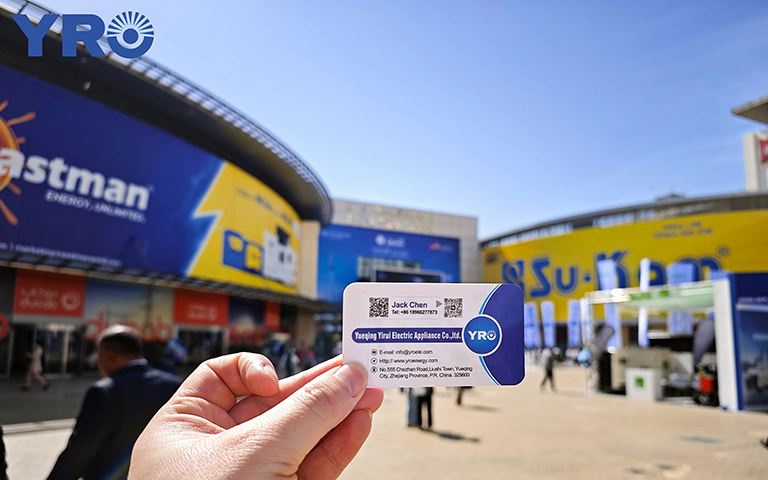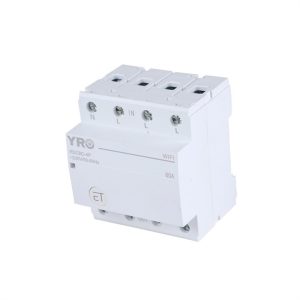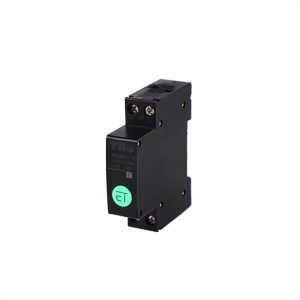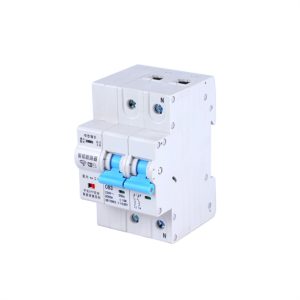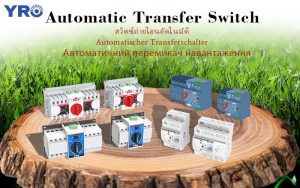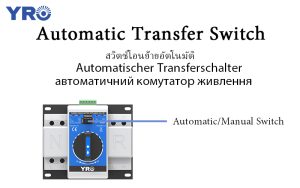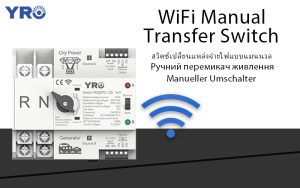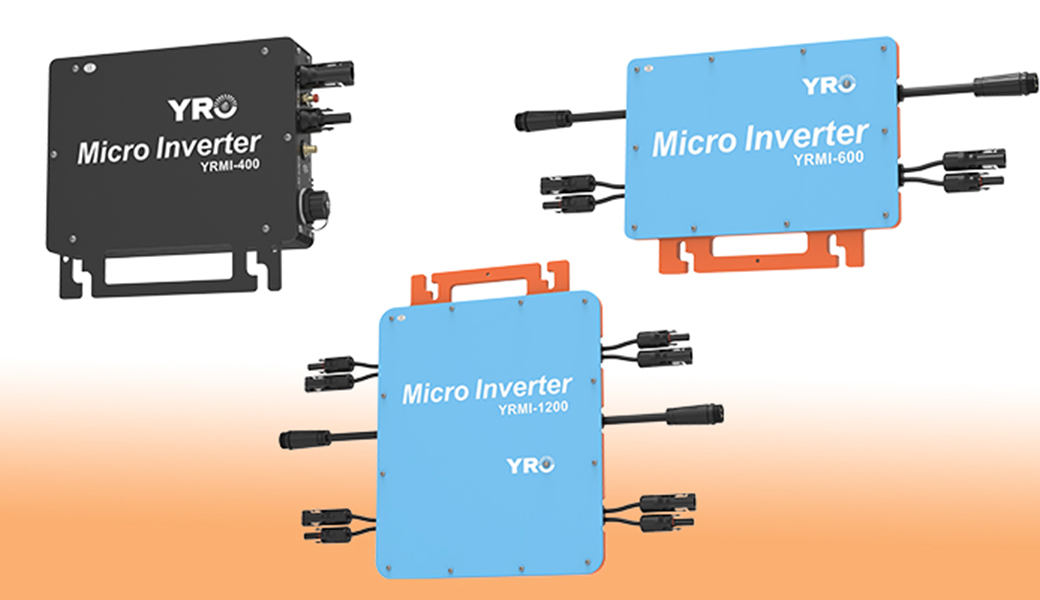
In the rapidly evolving world of solar photovoltaic (PV) technology, micro inverters have emerged as a significant game-changer. Designed to optimize the efficiency of solar panels and offer a more modular approach to solar PV systems, micro inverters represent a marked shift from traditional string or central inverter systems. This article delves into the functioning, advantages, and applications of micro inverters in solar installations.
What are Micro Inverters?
Micro inverters are small inverters attached to individual solar panels in a PV system. Unlike traditional string inverters that convert the direct current (DC) produced by a series (or string) of panels into alternating current (AC), micro inverters perform this conversion at each panel. Each micro inverter operates independently, converting the DC output of a single solar panel to AC power.
How Do Micro Inverters Work?
A micro inverter is installed at the back of or adjacent to a solar panel. As sunlight falls on the solar panel, it generates DC electricity. This DC electricity is immediately converted to AC power by the micro inverter. The AC power is then fed directly into the home’s electrical system or to the grid. Each micro inverter operates autonomously, making it a modular unit in a larger solar array.

